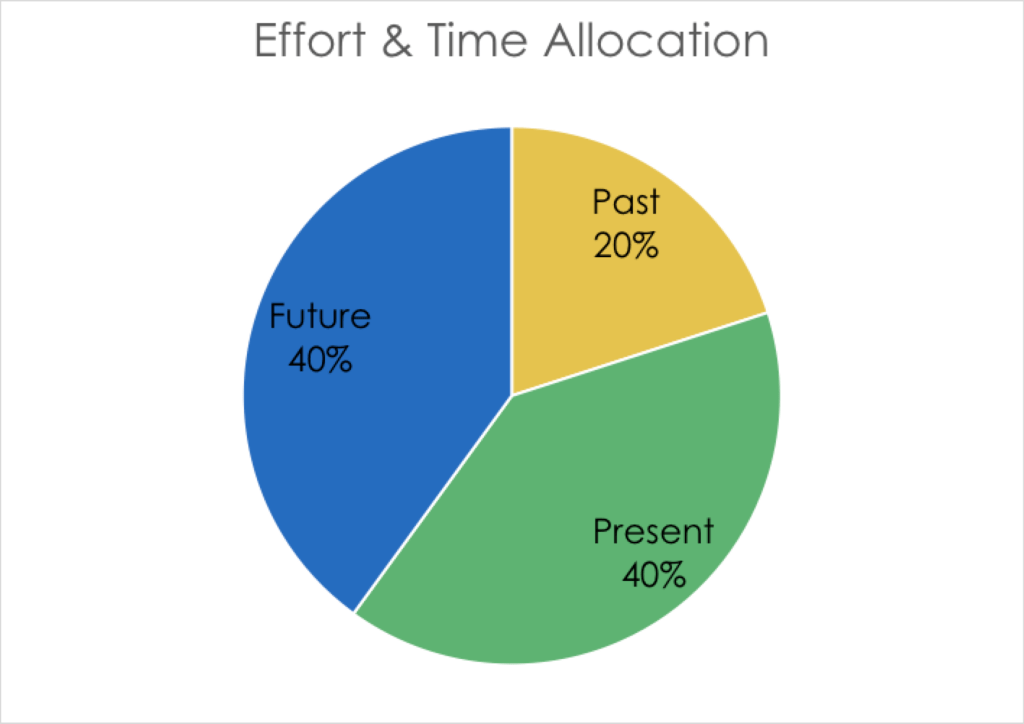
Why the Organisation Structure?
The one reason I find predominant for the failure of SMEs becoming corporates is the structure of the organisation.
An organisation in many ways resembles our human body. Each of the organs has to perform to its fullest for a happier living. At the same time, each organ is expected to play only its intended purpose, We do not expect our hands to do the job of legs.
How do companies grow?
In most of the cases, a technocrat becomes a business owner by starting his own venture, as a single man army or as a small team. The business will grow faster because he delivers his best by aligning business with his customers. He tastes the initial success and then moves on to expand the business.
As the business grows, he expands his team. Some friends, friends of friends, close or distant relatives, etc., get included in the system – based on his wish or based on the perceived demand for their presence.
In a span of a few years, these early birds will find their sweet spot in the organisation, say, accounts, production, logistics, purchase etc. Sometimes, the senior-most in the team, or the savviest, gets allocated with additional roles which other people had not opted for. Often, the left-over functions come to the hands of the business owner over and above his desired roles.
The team starts performing based on what they know best and the company grows or sustains its position in the market.
The real test
Then comes the litmus test. More than 95% of the organisation fails to pass this test and remain SMEs.
When the demand rises, or the market condition changes the organisation loses its way and the business stagnates. This is not because it does not know what to do, but mainly because, it does not know who to what.
I recommend structuring the organisation as a first step in aligning itself towards profitability and perpetuity.
The very simple yet more powerful tool to achieve this initial alignment is organisation structure or organogram.
Just start drawing the organisation structure and you will find how much complex is the organisational dynamics.
The pillars of the company
I believe there have to be at least 7 key areas in the organisation that need to be focussed for success.

If you could identify the right people at leadership positions for the above 7 functions, your job is 50% complete as a business owner. I call them pillars. Your organisation can succeed only with the support of these pillars. Allow your pillars to develop themselves, develop their teams and become more powerful leaders. They will take care of their function and in turn, your business.
How to create a simple and better Organisation Structure?
- Identify the Current State.
- Understand who are the people and what roles do they play in the organisation. Of course, there would be more ambiguity and the diagram will be vague.
- Create a future state or required structure based on your long term, short term goals and business plan.
- Make sure that the key pillars are not missed out (at least 7 Key functions). I personally feel that the departments like CRM, After Sales Service, Recruitment, Payroll processing, quality inspection, machine maintenance etc to be considered only as Departments and not as Key Functions)
- Ensure the functional requirements are fulfilled irrespective of their designation (for example, one Functional Head can be a Manager and the other Functional Head could be a Vice President).
- Mark number of people working at every level inside each of the boxes of the organisation structure.
- Mention the areas where we do not have people (create a slot and mention as ‘Vacant’)and identify the gaps to be filled up.
- That’s it. You have created a structure for your organisation.
A wise investment of your time
As we know, time is a major resource in an SME – that too the time of the leader. Often, the business leader gets himself into the maze of daily routines and thus become a high paid manager or sometimes a costly worker.
I see the organisation structure in the framework of time – Past, Present and Future.

The functions like Marketing, Product and Process Development and People development (not HR) will build a strong future, whereas the functions like Operations, Sales etc. would make sure that the Present is as close to the expected level and the functions like Accounts, Admin, Inspection, would verify whatever we had done in the past are correct or the lessons to be learnt from our past.

As a balanced leader, we need to spend 40% of the time in the functions related to Future, another 40% in present and 20% in the functions related to the past.